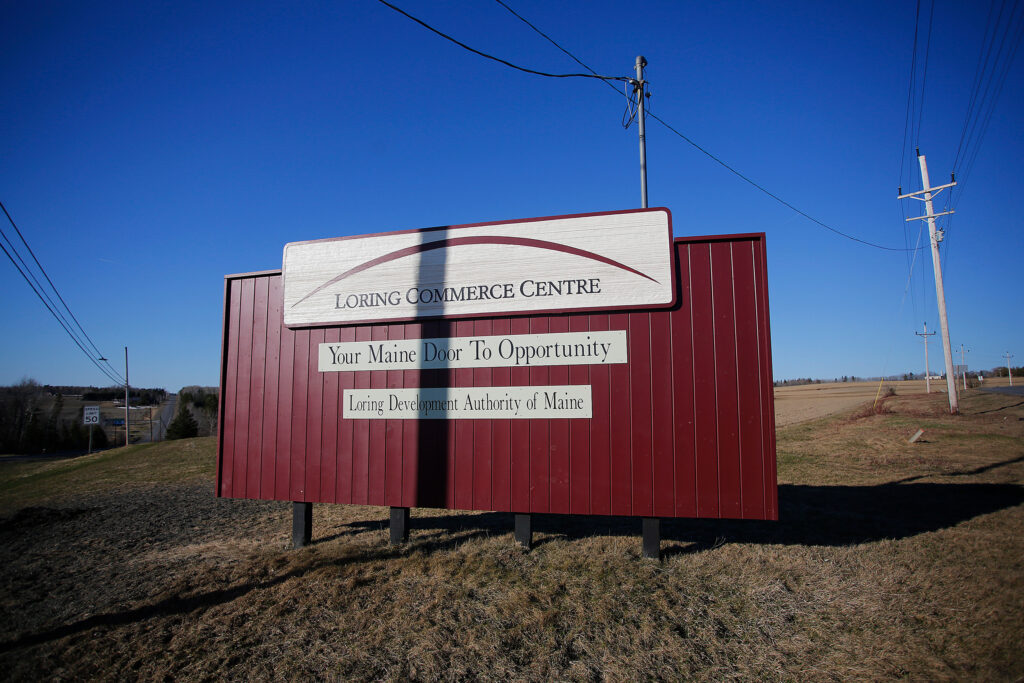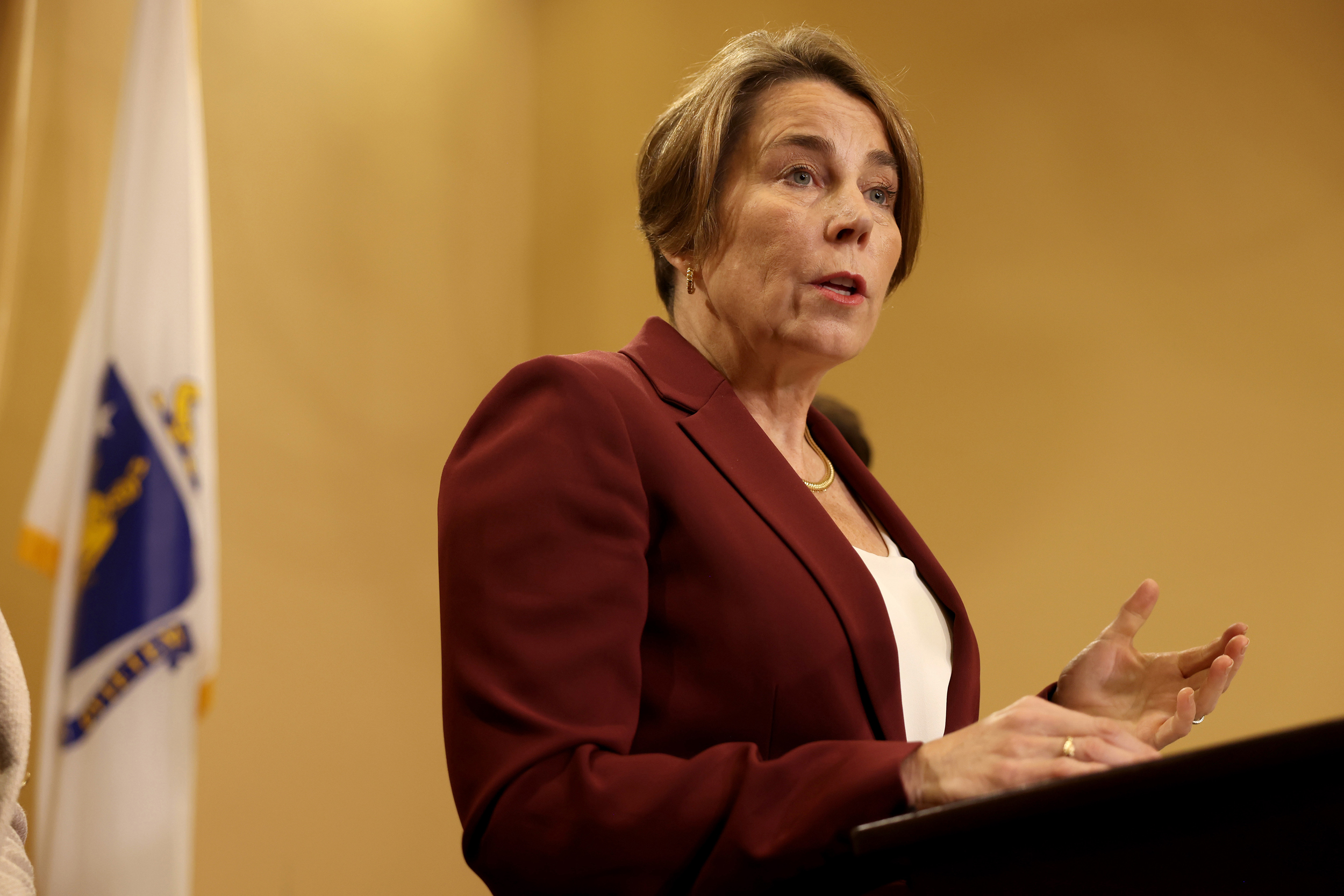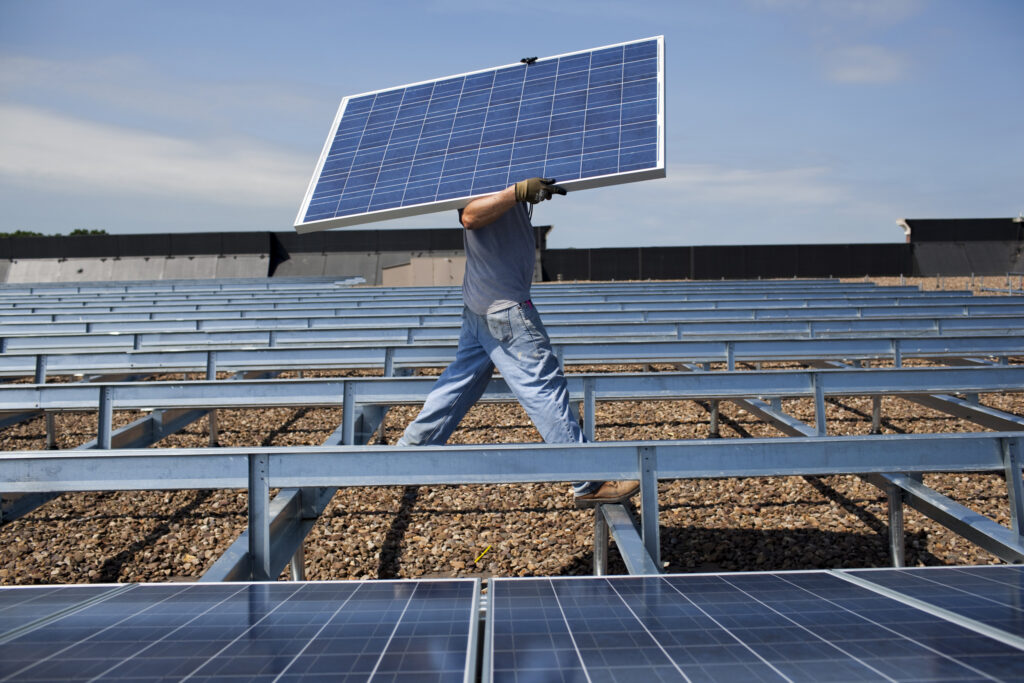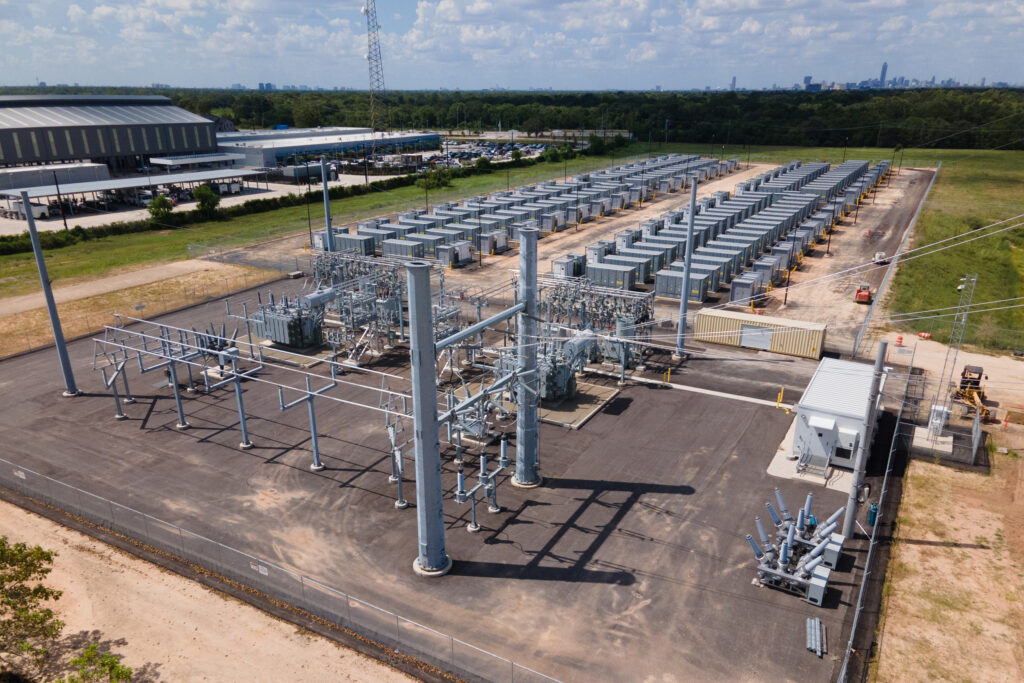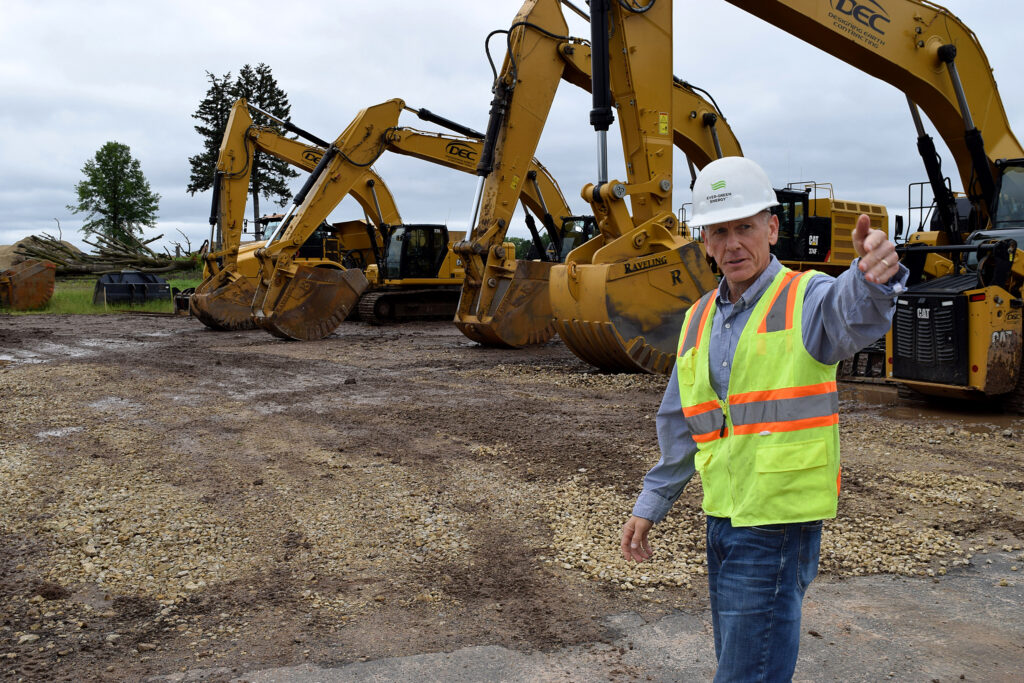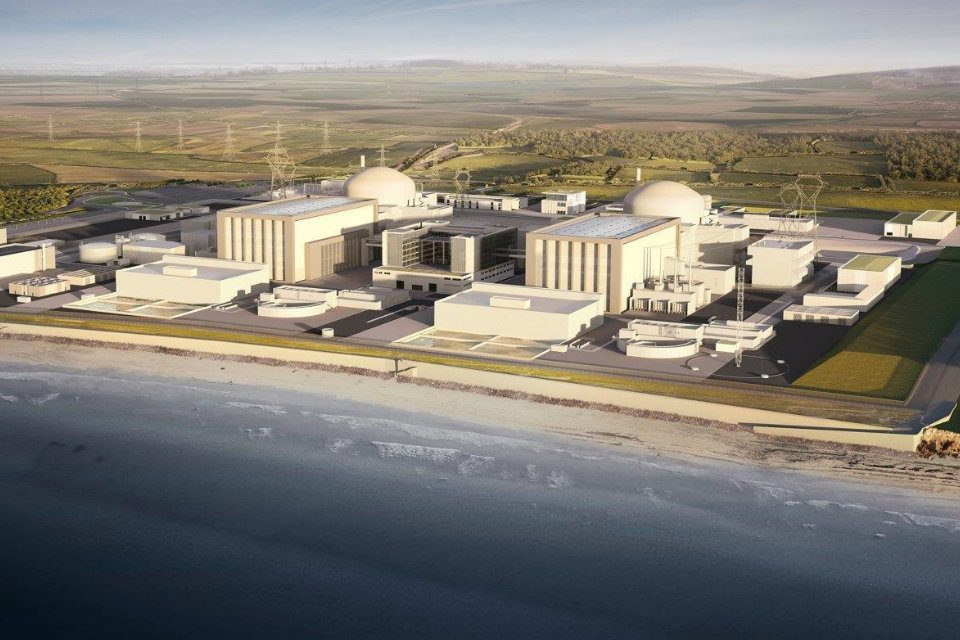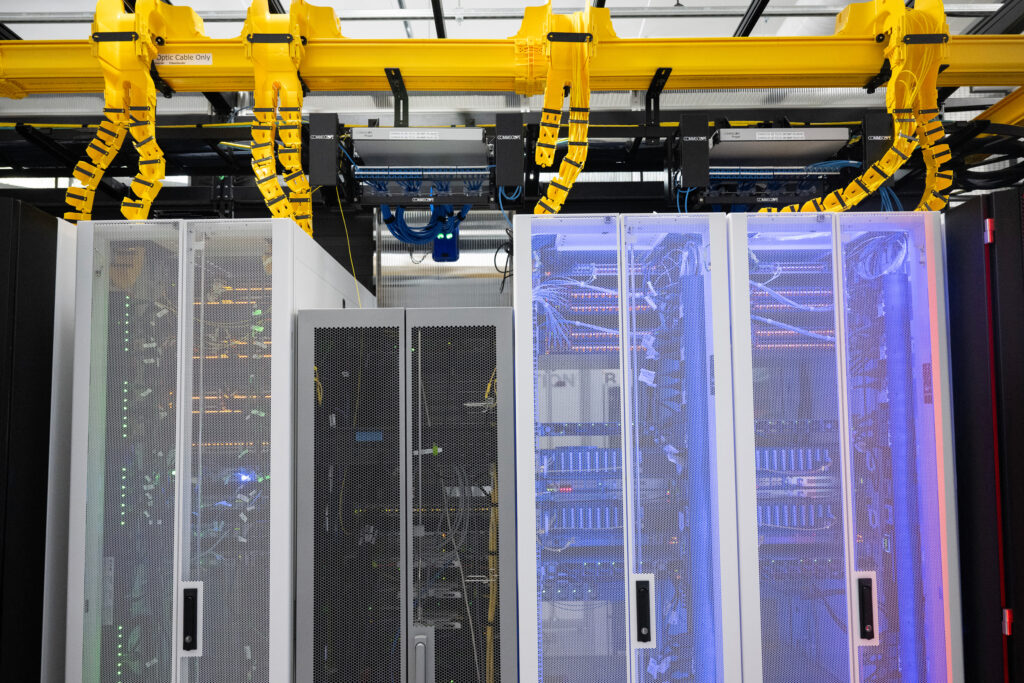Ten new electric vehicle battery factories are on track to go online this year in the United States.
This includes large plants from global battery giants such as Panasonic, Samsung and SK On, and automakers such as Ford, Honda, Hyundai, Stellantis and Toyota.
If they all open in 2025, the country’s EV battery manufacturing capacity is poised to grow to 421.5 gigawatt-hours per year, an increase of 90 percent from the end of 2024, according to Benchmark Mineral Intelligence, the United Kingdom-based research firm.
But this industry is seeing some storm clouds. The Trump administration is taking steps that would reduce demand for EVs. And two battery startups—Kore Power and Freyr—recently canceled plans for new U.S. factories.
We’re hiring!
Please take a look at the new openings in our newsroom.
See jobs
I don’t blame anyone who looks at this landscape and wonders if a battery bust is coming. But I see a boom that’s still in its early stages—although the uncertainty is dialed up to uncomfortable levels.
I spoke with analysts this week to get a sense of the significance of the growth and also what factors could undermine the success of the new plants. The great unknown is how far the Trump administration may go to change the laws and rules that provide tax incentives to the plants and support growth of EV market share.
Even if the government took action to undo tax credits for battery manufacturing, these plants are too far along in their development to be canceled, said Evan Hartley, a battery industry analyst for Benchmark.
“They’re already built,” he said. “You can’t stop it, and the momentum is there. And most of them are in Republican states. It’s difficult to take away many thousands of jobs promised to your key voter base.”
So, whether Trump likes it or not, he is about to preside over a banner year for the United States as a major player in EV batteries, thanks in large part to the policies of his predecessor, Joe Biden.
Each of the new plants is a major economic development story for its region.

I’ll focus on the one closest to where I live in Ohio: LG and Honda have teamed up on a factory in Jeffersonville, Ohio, that will have capacity to build 40 gigawatt-hours of batteries per year and support 2,200 jobs. The projected investment is $4.4 billion. Construction is in the final stages and a spokeswoman for the project said battery production will begin “late this year.”
The size of the Honda plant helps to put in perspective the two recently canceled projects.
Kore Power, an Idaho-based startup, said a few weeks ago that it was scrapping plans to build a $1.2 billion battery factory in Buckeye, Arizona. One reason was that the company had not finalized a crucial federal loan before Trump took office and froze new grants and loans. Now, the company is shifting its focus to finding an existing building that it can retrofit to produce batteries, as Julian Spector reported for Canary Media.
Freyr, which has roots in Norway, has a more complicated story. In recent weeks, it has canceled plans to build a $2.6 billion battery plant in Georgia and is instead focusing on its other major project, a solar panel factory in Texas that it acquired last year. Freyr has named Austin, Texas, as its new corporate headquarters.
The news from Kore and Freyr could be used to make an argument that the U.S. battery industry is reeling. But those companies’ challenges are largely related to being startups, Hartley said.
“There are a number of roadblocks that you encounter as a battery startup that relate to the actual technical activity involved in making batteries, the kind of scale at which you have to [build] or the scale and precision involved in the manufacturing process, and the fact that it’s difficult to consistently make high-quality products,” he said.
I asked Evelina Stoikou, head of battery technology and supply chain research at BloombergNEF, what she sees as the main unanswered questions about the U.S. market for EV batteries.
She listed two: First, how will potential changes in federal policy affect automakers, battery makers and consumers? Second, what will the utilization rate of these plants be after they start production?
“Joint ventures between battery manufacturers and automakers are likely to face more certainty around expected demand due to their integrated supply chains,” she said in an email. “However, all plants will be influenced by policy decisions, consumer trends and economic factors.”
This story is funded by readers like you.
Our nonprofit newsroom provides award-winning climate coverage free of charge and advertising. We rely on donations from readers like you to keep going. Please donate now to support our work.
Donate Now
Even before Trump took office, some analysts had raised concerns that the building boom would lead to a battery supply that exceeded demand, at least for a few years. The Trump administration could harm demand even more by revising or eliminating tax credits for consumers buying EVs, among many other possible actions.
“It’s a moment of tremendous uncertainty,” said Jay Turner, a Wellesley College environmental studies professor who writes about the shift away from fossil fuels. “I do not envy the folks who are trying to make multibillion-dollar decisions, or, you know, tens-of-million-dollar decisions about how to move forward with projects that are in planning or under construction.”
Trump’s tariff policies are also a major source of uncertainty because of their effect on prices for essential materials such as graphite, a battery component that is mainly produced in China.
In aggregate, Trump’s actions could whittle away the chances that the new battery plants are profitable, which would make it easier for China to dominate the battery and EV industries of the near future.
“It puts at risk the U.S.’s chance to be competitive at global level in an industry that’s going to shape the 21st century,” Turner said.
The new plants of 2025 are an early and important step in a long journey. But their success depends a lot on the subsequent steps.
Other stories about the energy transition to take note of this week:
The Trump Funding Freeze and Associated Legal Battles Continue: Community organizations and local governments across the country continue to try to figure out what will happen to promised funding from the federal government that President Trump has frozen through a series of executive orders. The funding covers climate, energy and environmental justice programs, and its absence is doing widespread harm, according to this report from my colleagues Marianne Lavelle, Dylan Baddour, Lisa Sorg and Nicholas Kusnetz.
Can Trump Make the National EV Charging Program Disappear? Included among Trump’s executive orders was a cancellation of funding for the National Electric Vehicle Infrastructure program, some of which had already been promised. The program is part of a law signed by President Biden that was designed to expand and improve the country’s access to EV charging. Its cancellation presents legal and practical concerns, as reported by my colleagues Lee Hedgepeth, Aman Azhar, Jake Bolster, Lisa Sorg and Sarah Mattalian.
Trump’s Offshore Wind Restrictions Make It Hard for Northeastern States to Meet Climate Goals: New York is among the northeastern states that were counting on offshore wind as an essential part of meeting goals to reduce emissions, and now state leaders need to figure out what to do in the face of the Trump administration’s halt on new offshore wind permits. The politics of Trump’s move are complicated since some Republicans see value in the electricity and economic activity of offshore wind development, as Jake Spring reports for The Washington Post.
Utilities Release Eye-Popping Estimates for Electricity Demand Growth, Largely Due to Data Centers: Some of the country’s largest utility companies are preparing for major growth in electricity demand as AI data centers and other new customers come online. Ohio-based American Electric Power said it expects electricity sales to increase by 8.6 percent per year for three years, and Illinois-based Exelon said it has seen a doubling of planned capacity for data centers and other large users in the last year, as Ethan Howland reports for Utility Dive.
Troubled EV Maker Nikola Files for Bankruptcy: Nikola Corp. has filed for Chapter 11 bankruptcy protection after it couldn’t find a buyer or raise enough money to meet current commitments, as Michael Wayland reports for CNBC. The Phoenix-based company once looked like a promising investment based on its plans to develop electric cars and trucks. But it has fallen on hard times, including the 2022 conviction of its founder and CEO, Trevor Milton, for wire fraud and securities fraud.
Inside Clean Energy is ICN’s weekly bulletin of news and analysis about the energy transition. Send news tips and questions to [email protected].
About This Story
Perhaps you noticed: This story, like all the news we publish, is free to read. That’s because Inside Climate News is a 501c3 nonprofit organization. We do not charge a subscription fee, lock our news behind a paywall, or clutter our website with ads. We make our news on climate and the environment freely available to you and anyone who wants it.
That’s not all. We also share our news for free with scores of other media organizations around the country. Many of them can’t afford to do environmental journalism of their own. We’ve built bureaus from coast to coast to report local stories, collaborate with local newsrooms and co-publish articles so that this vital work is shared as widely as possible.
Two of us launched ICN in 2007. Six years later we earned a Pulitzer Prize for National Reporting, and now we run the oldest and largest dedicated climate newsroom in the nation. We tell the story in all its complexity. We hold polluters accountable. We expose environmental injustice. We debunk misinformation. We scrutinize solutions and inspire action.
Donations from readers like you fund every aspect of what we do. If you don’t already, will you support our ongoing work, our reporting on the biggest crisis facing our planet, and help us reach even more readers in more places?
Please take a moment to make a tax-deductible donation. Every one of them makes a difference.
Thank you,





